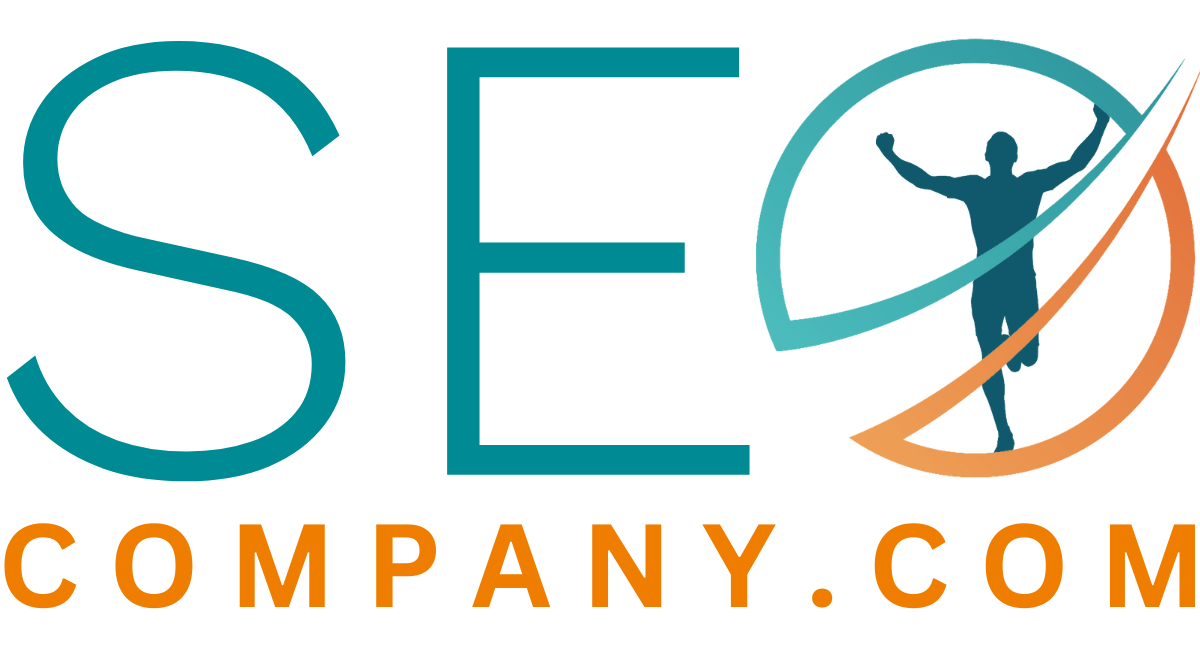Google Knowledge Graph: A Comprehensive Guide
Introduction
Understanding context and meaning is crucial in the vast world of digital information. Google, the world’s premier search engine, took an evolutionary step in this direction with the introduction of the Google Knowledge Graph in 2012. The Knowledge Graph was Google’s way of evolving from string-based searches to a more context-aware platform. This guide will delve deep into what the Knowledge Graph is, how it works, and its significance for users, marketers, and website owners.
1. What is the Google Knowledge Graph?
The Knowledge Graph is a vast, organized database of facts about people, places, things, and the interrelationships between them. Instead of just indexing web pages and displaying results based on matching strings of words, it understands the context, meaning, and relevance.
Key Features:
- Entity Recognition: Each piece of information or “entity” (like a person, place, or thing) has unique attributes and is recognized as an individual data point.
- Semantic Understanding: The Knowledge Graph understands relationships between different entities, which helps in delivering more precise results.
- Visualization: Search results are enhanced with the use of the Knowledge Panel, which displays key information on the topic directly in the search results.
2. How Does It Work?
At its core, the Knowledge Graph relies on semantic search principles.
Components:
- Structured Data: Websites can use Schema.org markup to provide clear data to the Knowledge Graph.
- Data Sources: Google pulls data from various authoritative sources, including Wikipedia, CIA World Factbook, and Wikidata, to name a few.
- Machine Learning: Algorithms continuously refine the understanding of entities and their relationships.
3. The Knowledge Panel
When you search for a notable entity, a panel often appears on the right side (or top on mobile) of search results, presenting an overview of information on the subject. This is the Knowledge Panel, a direct representation of data from the Knowledge Graph.
4. Why It Matters
- For Users: It provides quick access to relevant information and a more intuitive search experience.
- For SEO Professionals: Understanding the Knowledge Graph is essential for enhanced visibility on Google. Optimizing for it can lead to increased organic traffic and a better online presence.
- For Website Owners: Using structured data can directly influence how information from your site is displayed in search results.
5. How to Influence the Knowledge Graph
- Structured Data Markup: Implement Schema.org markup on your site.
- Consistent Information: Ensure your site and online profiles provide consistent and accurate information.
- Build Authority: Being cited as a reliable source in reputable places can influence the Knowledge Graph.
6. Potential Limitations
While powerful, the Knowledge Graph isn’t without shortcomings:
- Accuracy Issues: Sometimes the information might be outdated or incorrect.
- Over-Reliance: Users might neglect to click on actual search results if they find answers directly in the Knowledge Panel.
- Bias: Since data is primarily sourced from major platforms, there’s potential for bias in representation.
7. The Future of the Knowledge Graph
Google continues to refine the Knowledge Graph, making it even more sophisticated. With advancements in AI and machine learning, we can expect even more nuanced understanding of context and semantic relationships.
Conclusion
The Google Knowledge Graph has revolutionized the way we access information online. While it’s a powerful tool for quick information access, understanding its intricacies is essential for digital professionals. By optimizing for the Knowledge Graph, one can ensure a robust and authoritative online presence.
